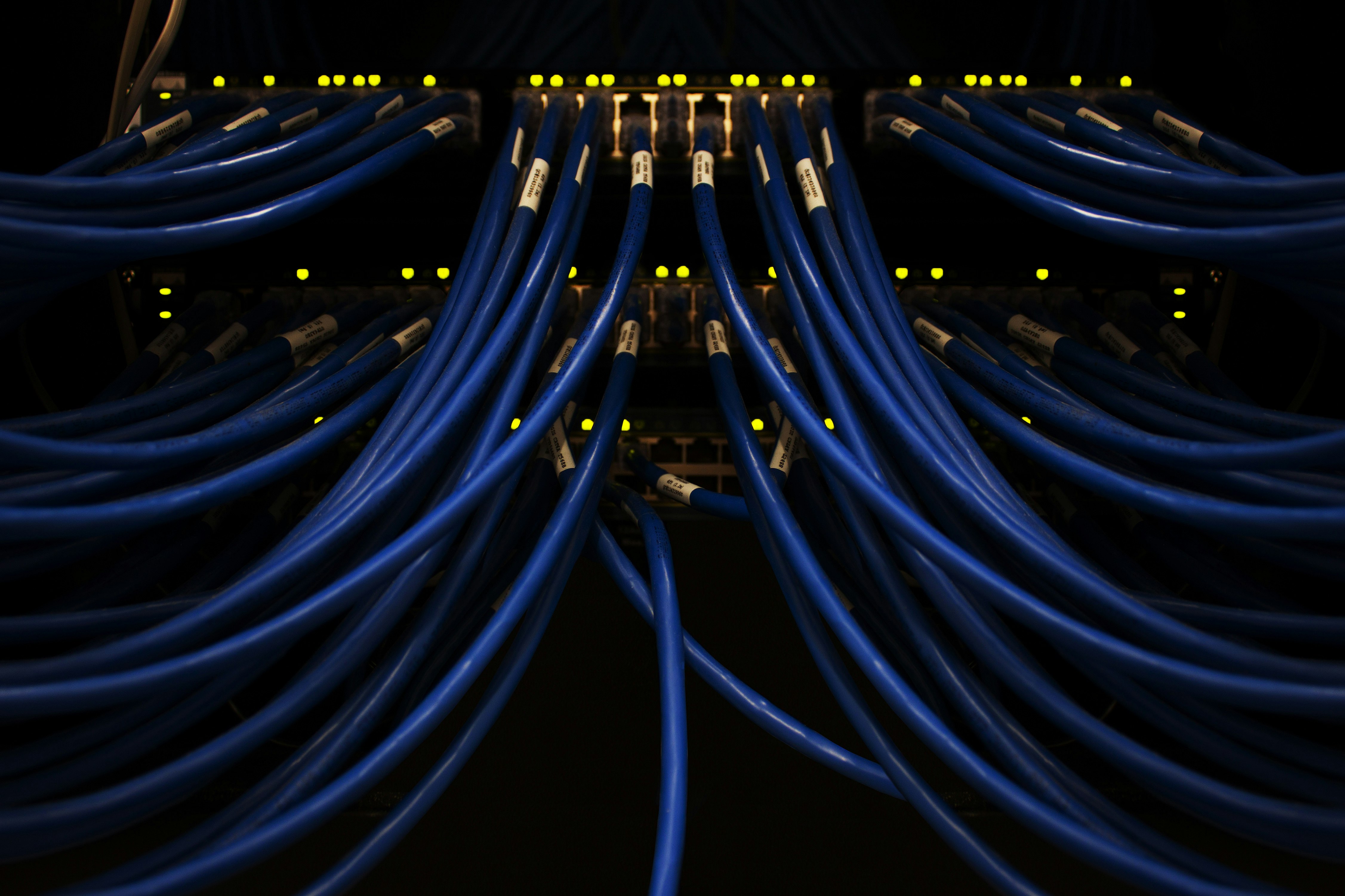Dedicated Core Network: What it is and How it Works?
-
November 29, 2022
-
5 min read

From an ATM, Google Smart Home, telemedicine facilities to vending machines, M2M is everywhere and rapidly expanding. M2M or machine-to-machine is a label used to describe any technology that allows various networked devices to exchange important information and perform certain actions such as authorisation for some pre-approved affairs. However, this could also be a reason why your videos are buffering slowly, or your smartwatch is not receiving notifications on time from your phone. When your network provider is also catering to the increasing demands in M2M devices access, you could suffer from low network speed.
M2M devices often create congestion or even cause network failures at times, owing to their constant need for access to a network. Nonetheless, their demand is indisputable, which is where the concept for a dedicated core network comes in.
What is a Dedicated Core Network?
Dedicated Core (DECOR) Network or DCN, generally speaking, is a network singularly devoted to the daily requirements of various M2M devices. This allocated line or a leased circuit can be used to meet the demands of a single or multiple RAN, based on the network provider’s discretion.
For instance, if you are a hospital, you require a network that ensures all your patients’ vitals are being regularly monitored and that medication is being administered accordingly. In such a case, you might be comfortable using a leased line network for all your enterprise’s needs, including heavy data transfers, faster connectivity, secure exchange of information, and the use of several productivity tools (right from Google Workspace to conferencing and accessing Kaspersky licenses).
Need for Dedicated Core Networks
The need for a dedicated network or a leased line connection was first realised in 2015 when NTT DoCoMo published a white paper throwing light on the concerns that revolved around a single core, especially as the M2M environment was on a boost then.
It highlighted the areas that needed extended assistance from the network due to several advanced services, like streaming of high-definition videos, use of augmented reality, and even low-data rate M2M services. In addition, it also talked about how uneven network distribution, based solely on the geographical locations of the users, can be a hassle. And now that that future is here, we couldn’t agree more!
In today’s day and time, DCN has become the need of the hour for businesses and service providers worldwide. It can afford much higher flexibility in handling large quantities of data while also prioritising traffic according to the pre-approved directives. Simultaneously, the higher internet speeds, enhanced level of security for your data, consistently maintained privacy, and dedicated lines for increased productivity add brownie points to the pros of DECOR network requirement and feasibility.
Now that we have gathered why DCN is so much in demand, let us also take a look at how it achieves all these feats.
How does DCN work?
The key control of the LTE access network lies with the MME or Mobility Management Entity. It is also the node responsible for obtaining information about the type of equipment being used by the service receiver. Once the information has been acquired, it identifies which group or pool the device has been assigned to and consequently performs a reroute towards the DECOR network.
For this reroute to take place, the corresponding MME is intimated of the same through a request message.
However, it must be noted here that as soon as MME receives the UE request, it has only 2 options—either handling or rejecting it. There is no redirecting alternative available.
The MME also plays a vital role in supporting the selection of DCN based on the PLMN (Public land mobile network) information received from the user’s equipment.
For the UE usage types with no DCN information, MME is often deployed as part of the common core network or default core network to ensure no delays are encountered.
Limitations of DECOR network
Just like any other technology, a DECOR network has its list of advantages and limitations. While we have already taken a look at the benefits, let’s also look at the limitations.
- As mentioned previously, only one MME redirect is available at the moment for each network access request received by the operator. In case of a failed connection, there is no second alternative available for that particular UE.
- A DCN re-selection, be it initiated by the MME or the HSS (Home Subscriber Server), is not yet a supported service.
- A DECOR network cannot be deployed as a part of the PLMN (Public land mobile network).
Final thoughts
Understanding the technology is one of the primary tasks to make an informed and objective decision. Attempting to understand the Dedicated Core network is a step in the right direction while choosing the best network line that will suit your business needs. While we have tried to explain the schematics behind a DCN and how it operates, you could contact your network operator to find out the difference between broadband and leased lines. You can also determine what other benefits you can avail of from the same, seeing as each operator has a roster of their own.
The world has been operating on single-core networks for long enough now to realise that it is high time that we switch to dedicated lines. The demand for M2M devices is increasing owing to their low costs and easy availability in the market. Also, this isn’t just a step towards increasing productivity and efficiency but also about a more secure information exchange with minimal data leaks or data leak opportunities.
 Share
Share









